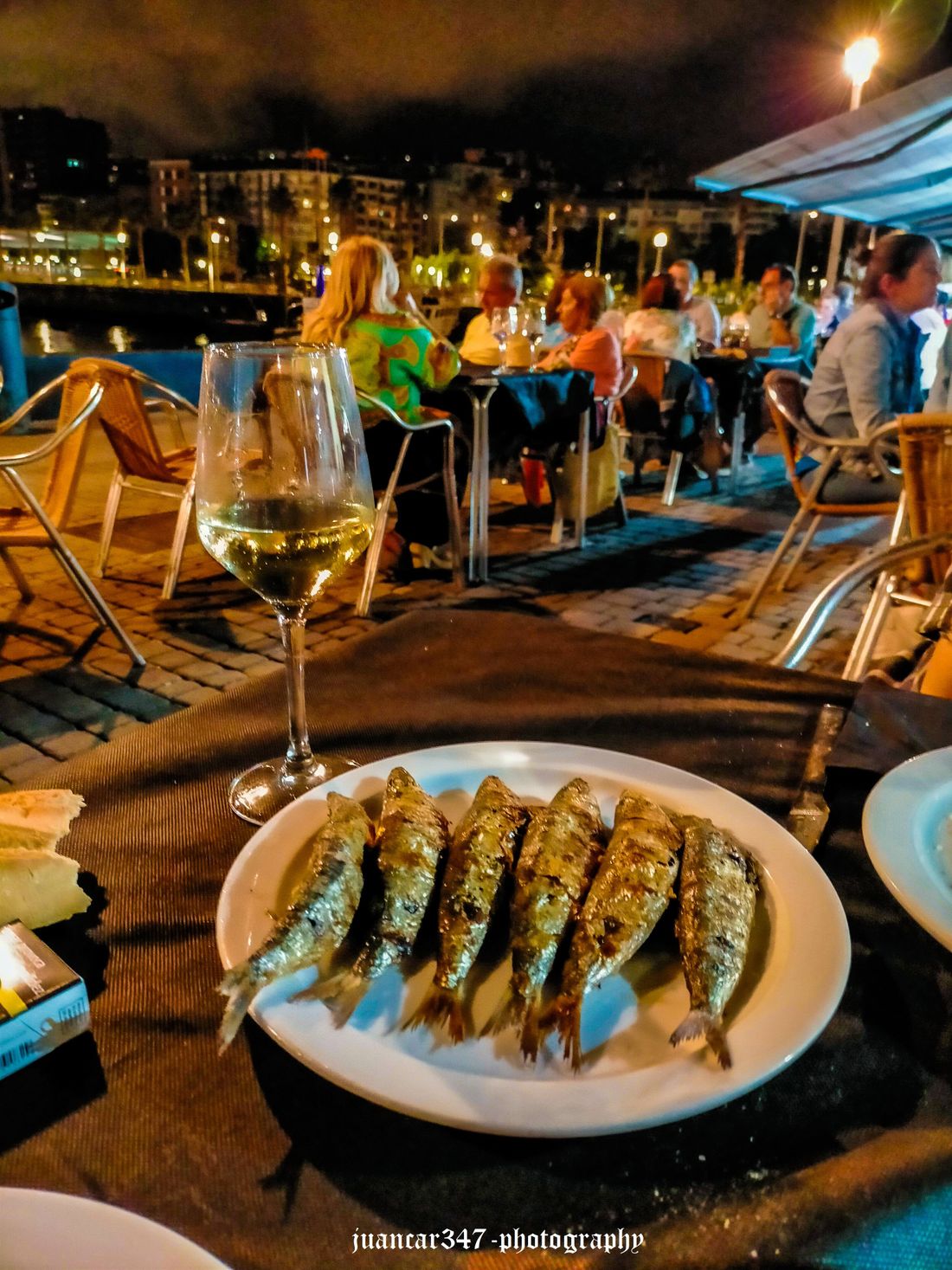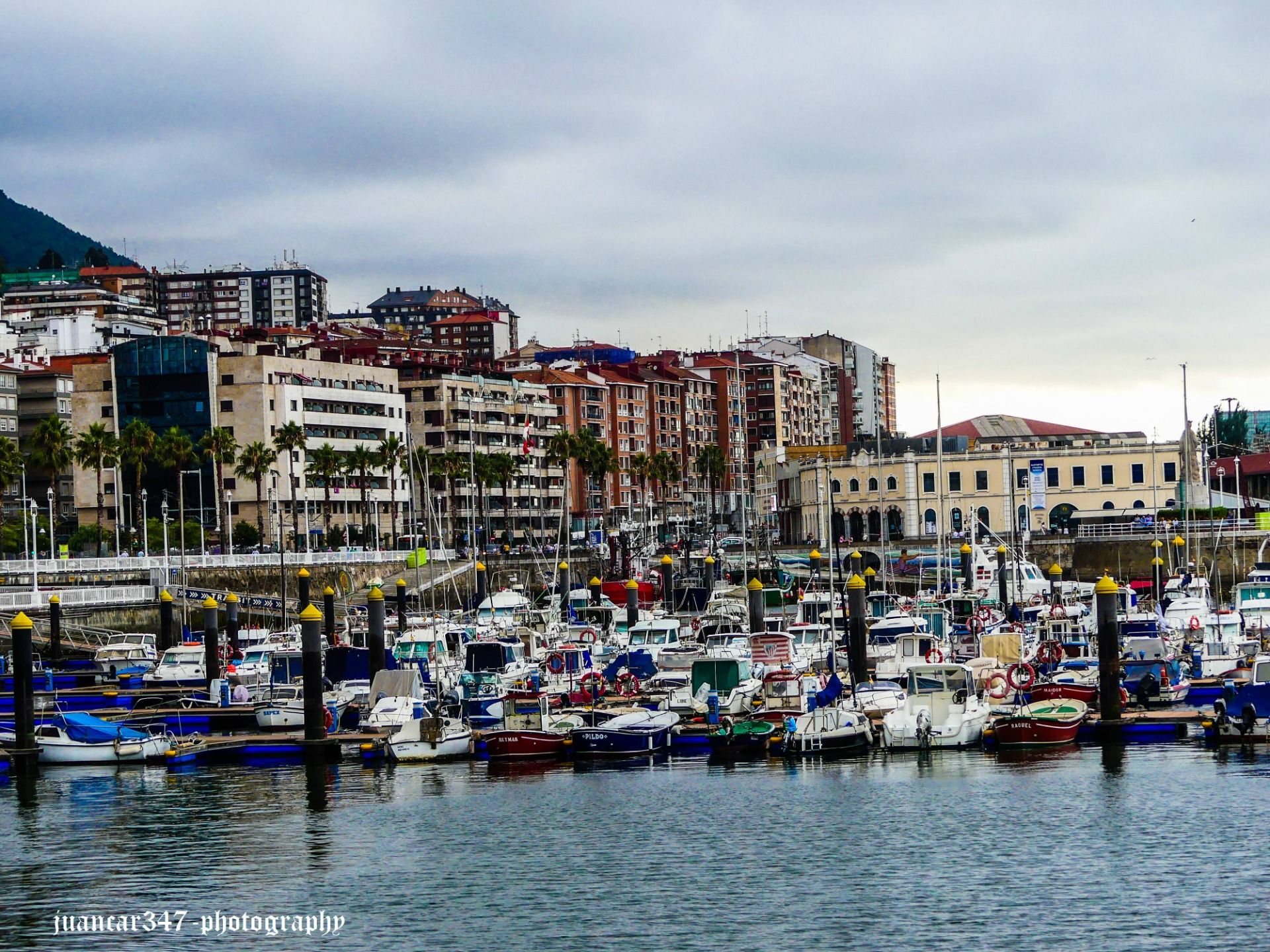
Located on the side of Mount Serantes, on the left bank of an estuary, that of Bilbao, undermined, metaphorically speaking, by the presence of legendary seaside towns, such as Portugalete and Getxo and collected, like an enchanted maiden, in the flirtatious security of its port, a small town in Biscay invites every romantically unrepentant traveler to let themselves be carried away by the pleasure of speculation.
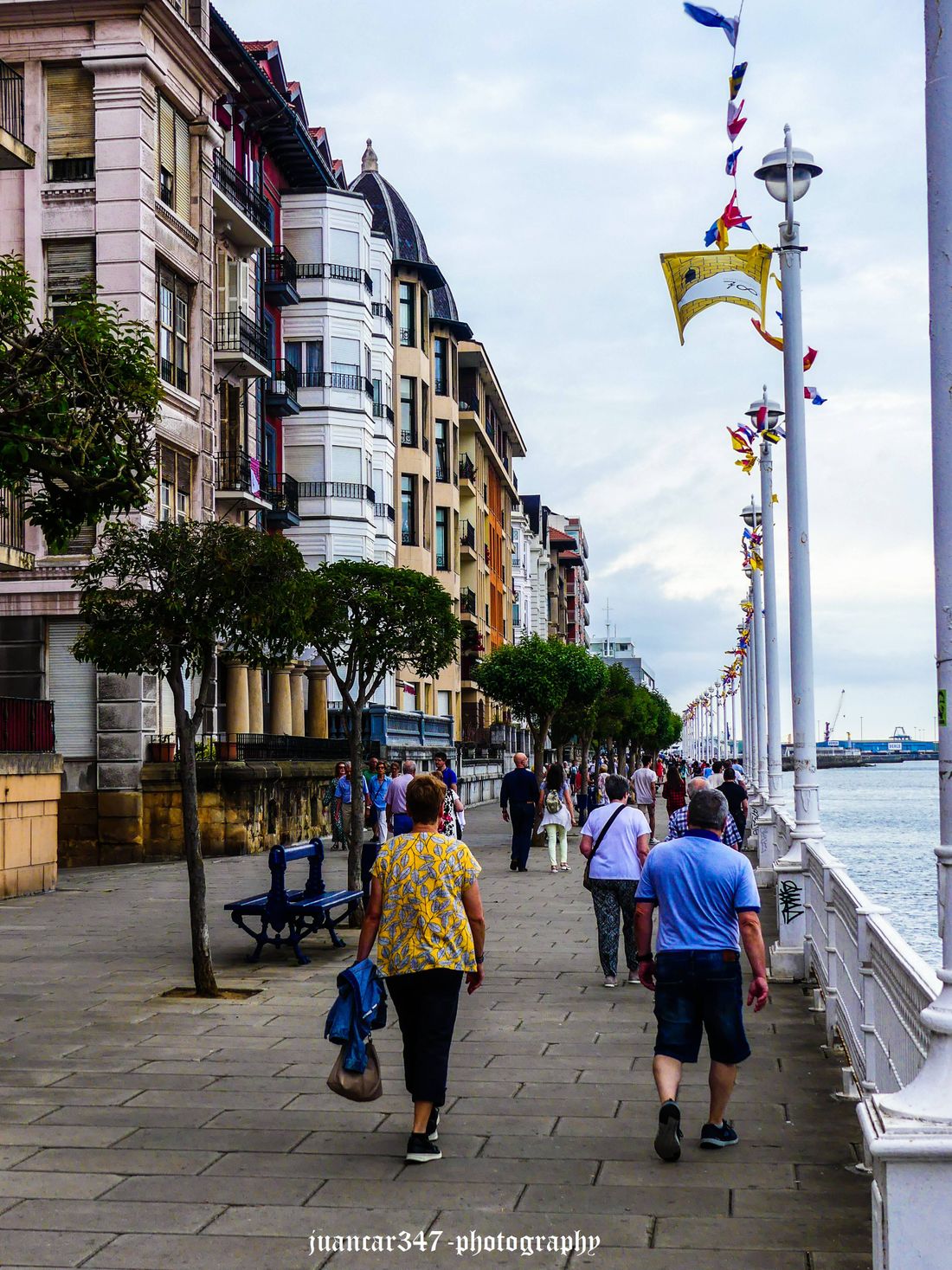
This is Santurce, whose original name, in the Basque or Basque language, derives, according to some sources, from the Latinized name of some English monks, who are supposed to have fled from the terrible medieval religious wars that led to one of the most dark figures in the history of England, arrived at this same place, founding a small monastery dedicated to the figure of another tireless knight, who, like the popular Archangel Saint Michael, has always been represented by his eternal fight against that personification of Evil. , which, in the West, has always been associated with the figure of the dragon: Saint George.

In fact, although there is no trace of that first monastery, it is true that, not far from the port, in the narrow streets of its Old Town - currently, pierced by the underground presence of that line of stations that connect all the towns adjacent to the estuary - stands the imposing figure of a church, finished over time in different styles, which continues to carry its long-standing and primitive dedication.
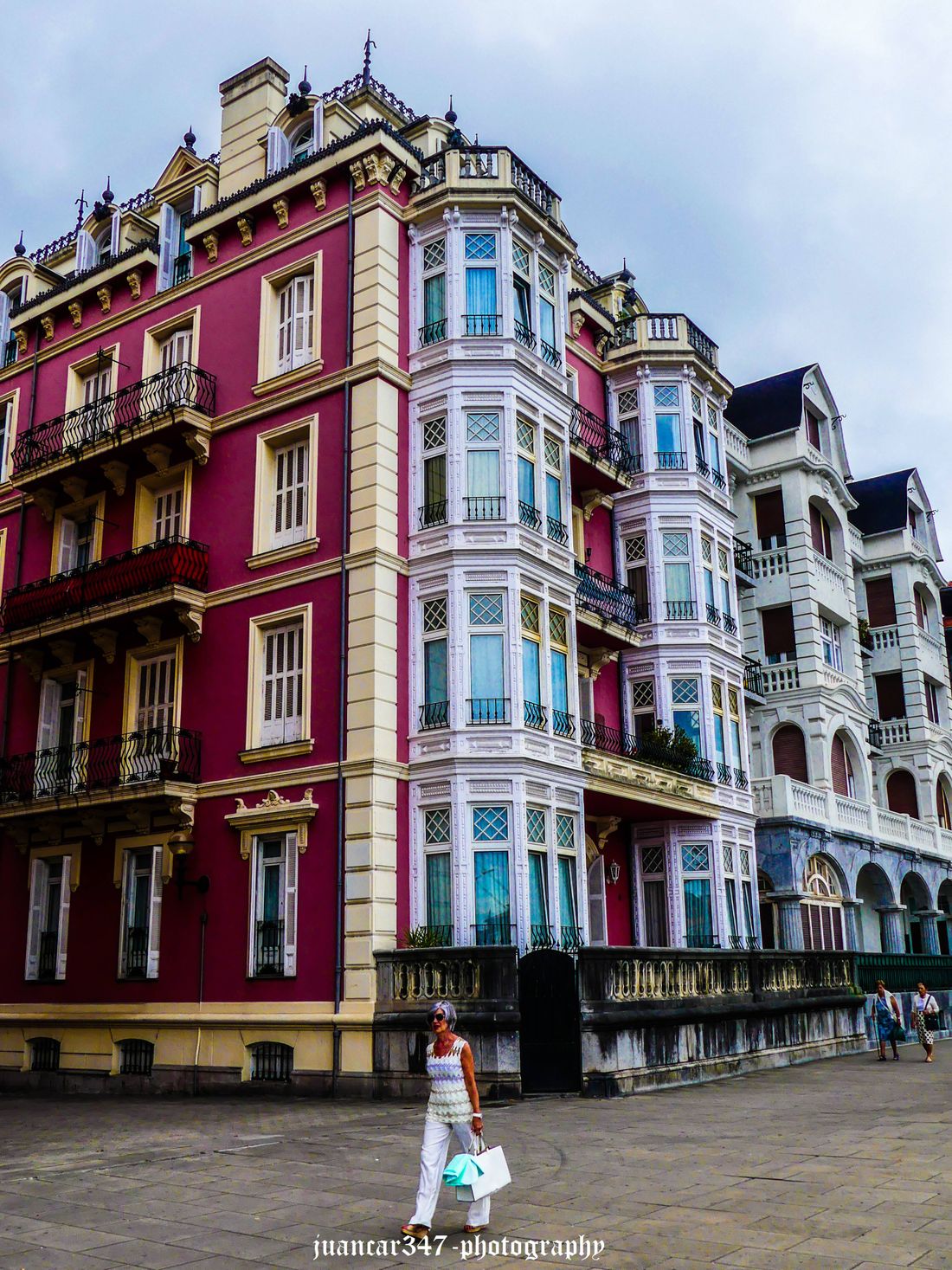
Stop in Portugalete and from there, cross the estuary in an old and limping river transport, which people popularly call 'gasoline' - probably because of the silvery traces of fuel that it leaves behind along the surface of the waters. not always contemplative and calm - also involves the added adventure of heading towards the port of Santurce, letting yourself be carried away by the charm of an overwhelming architecture, which, mixing different styles, provides an unexpected lesson in history and resilience.
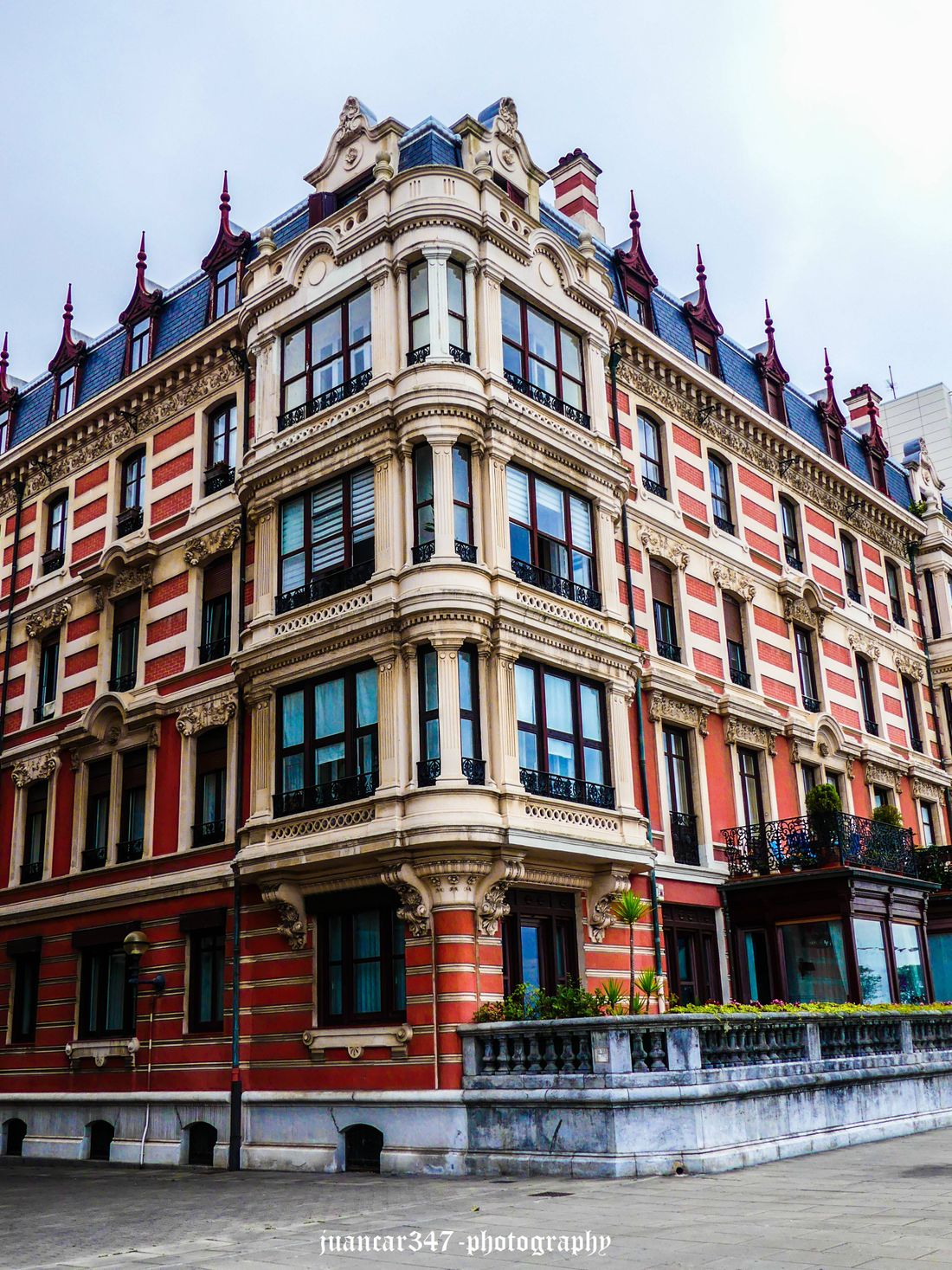
A resilient vision, in terms of the observation of surviving medieval styles, such as Gothic, which add to a truly fantastic panorama, based on the evolution of architecture, such as Modernist or Art Deco, which powerfully draw attention for their uniqueness and that, in addition, offer the added vision of a Bilbao nobility and bourgeoisie, strongly established, who grew and settled around the grandiose magnanimity of an Estuary, on whose side brilliant businesses flourished.
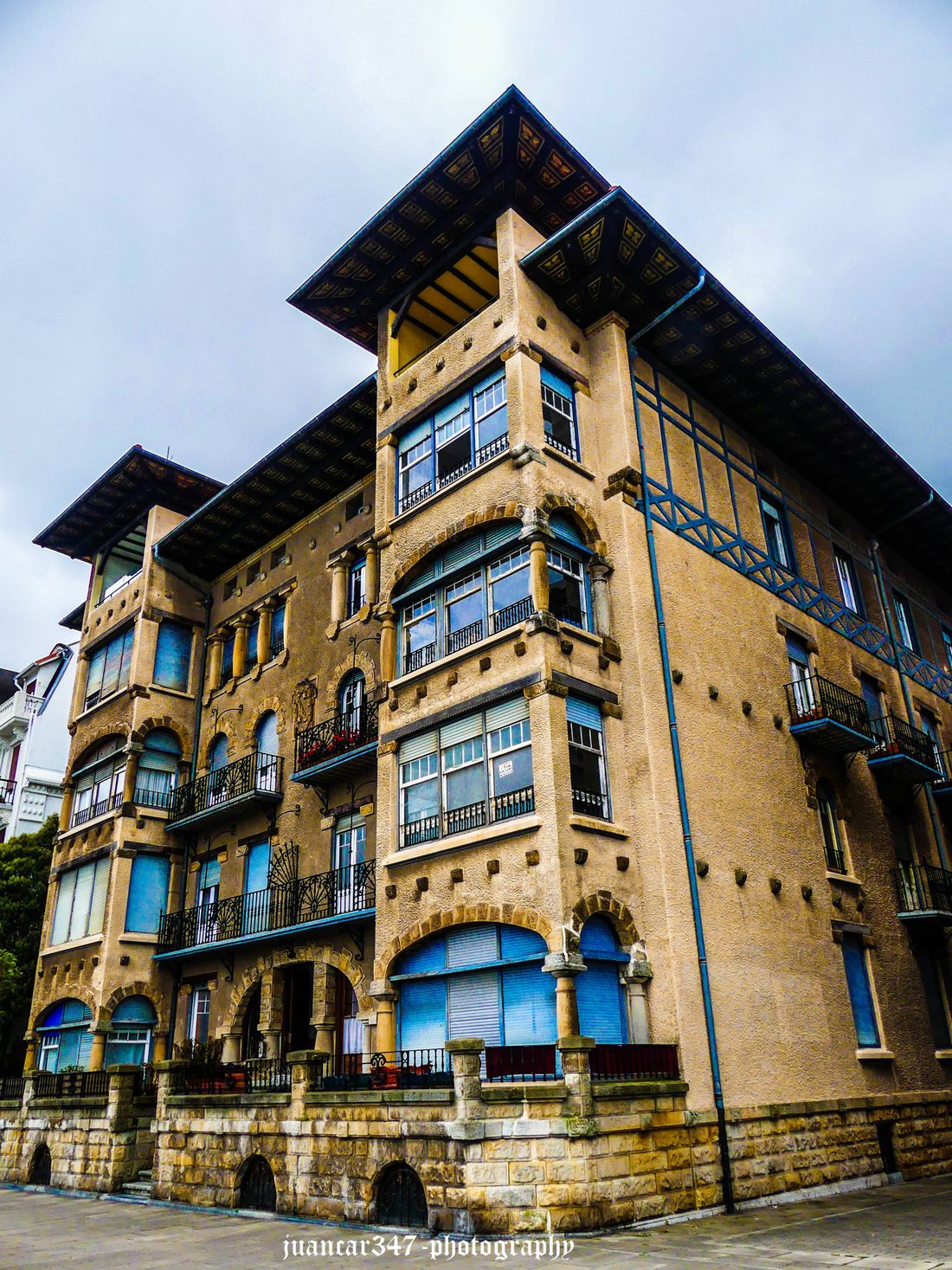
Little remains, it is true, of that powerful fishing fleet that from these ports launched into the maritime adventure and that left posterity extraordinary stories of its exploits and skills around the world, to the point that it could be said that they are barely a A handful of boats are dedicated to fishing in legendarily sinister waters, which forever marked the fatal destinies of the fisherman.

Perhaps for this reason, the vision of these true survivors of a world that seems more distant and lost every day, anchored next to an infinite variety of sports boats and even large ocean liners that usually arrive next to the spur where a merciful figure of Andra Mari , with the Child in his lap, looks towards Santurce, turning his back to the sea, he does not cease to have, deep down, a commiseratingly romantic vision.
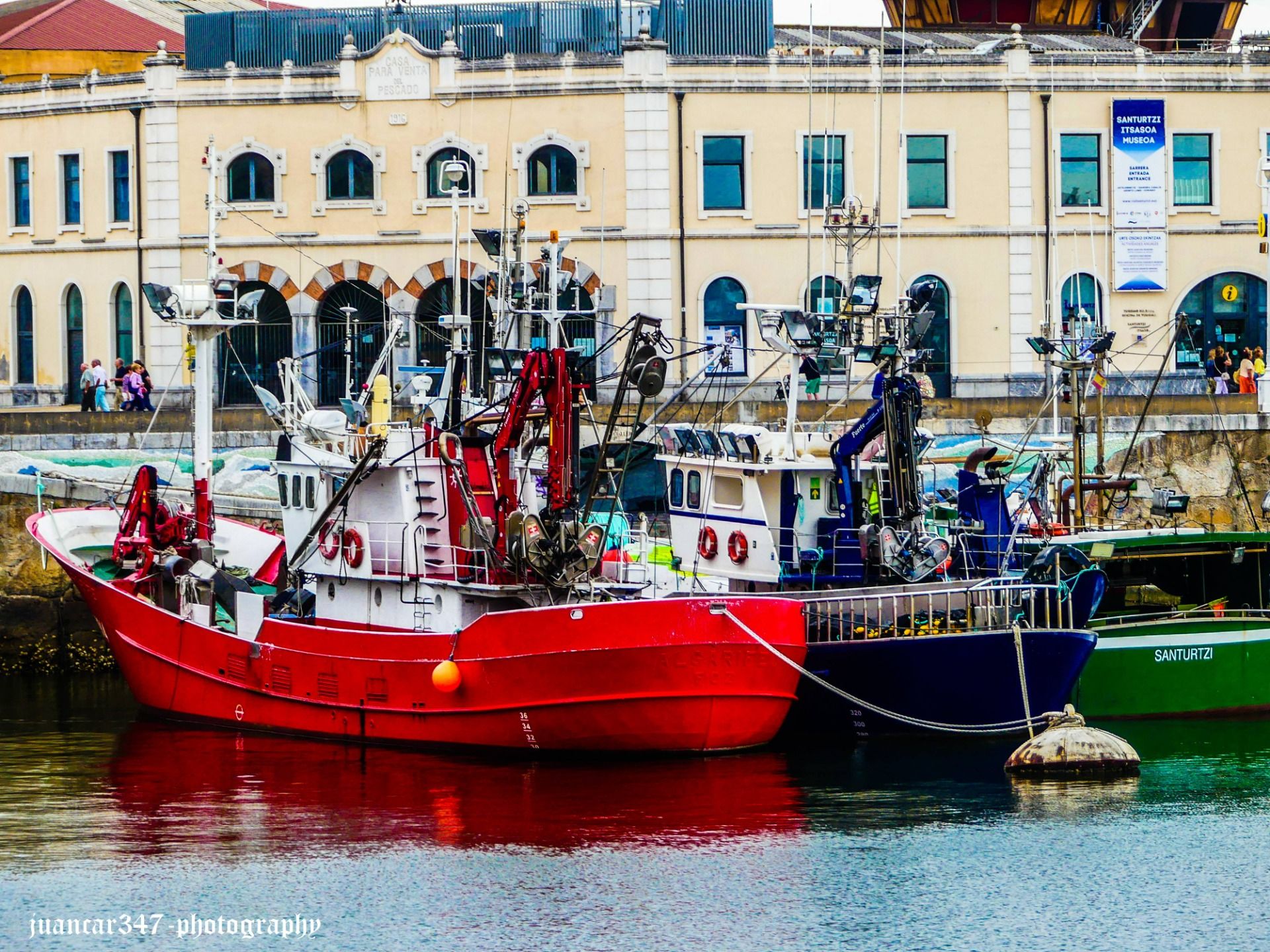
But perhaps for this reason, because it is another of the traditions implicit in a place like Santurce and complementary to times that seem more lost every day in the labyrinths of history, a visit to Santurce could not end without sitting peacefully in any of the restaurants surrounding the port and not delight in one of the star dishes, splendidly cooked over the fire of the monumental grills and whose smell attracts attention from hundreds of meters away: sardines.
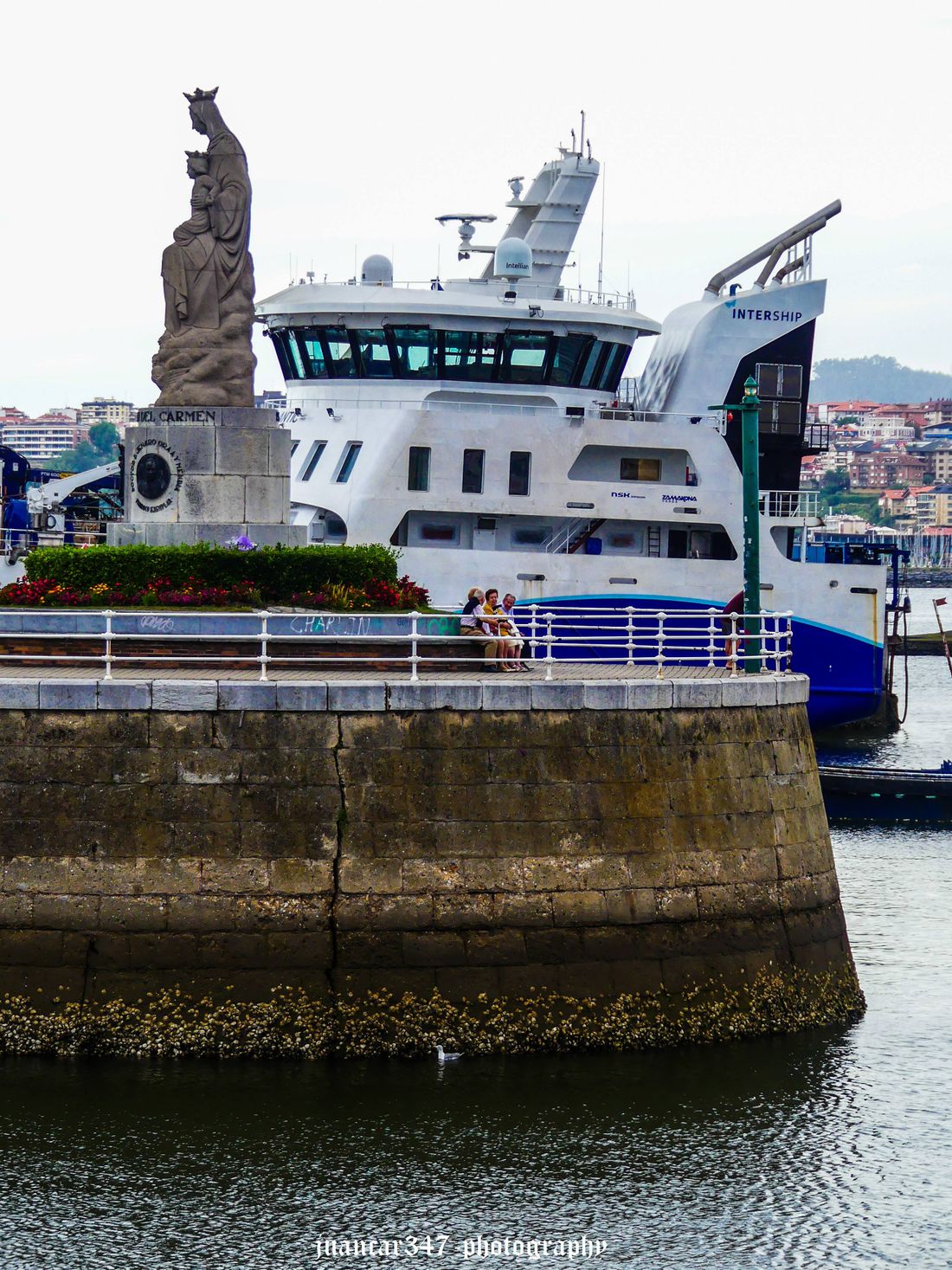
Because, as the popular song says: my little sardines are delicious, they are from Santurce, I bring them...
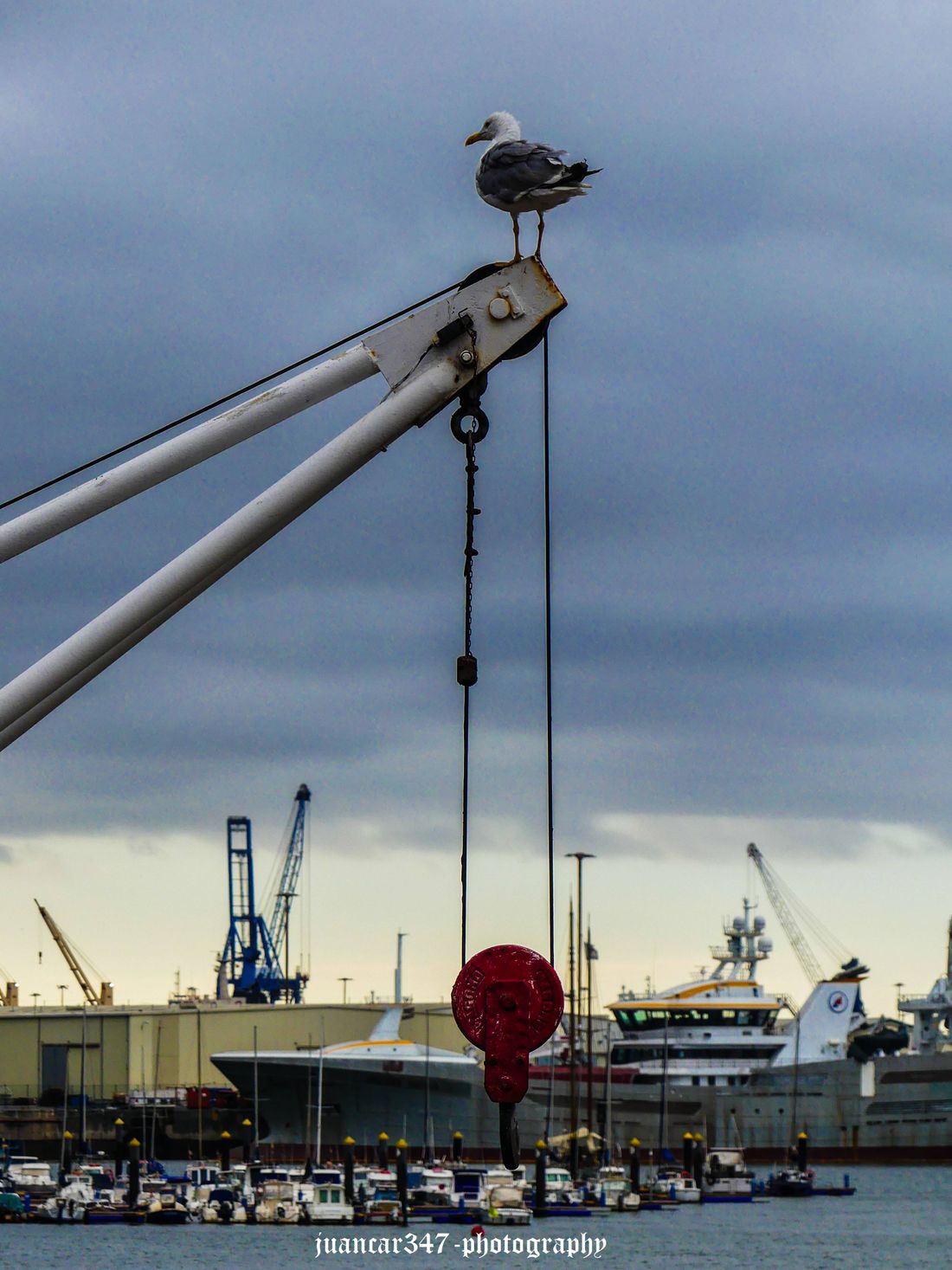
NOTICE: Both the text, the accompanying photographs, are my exclusive intellectual property and are therefore subject to my Copyright.
